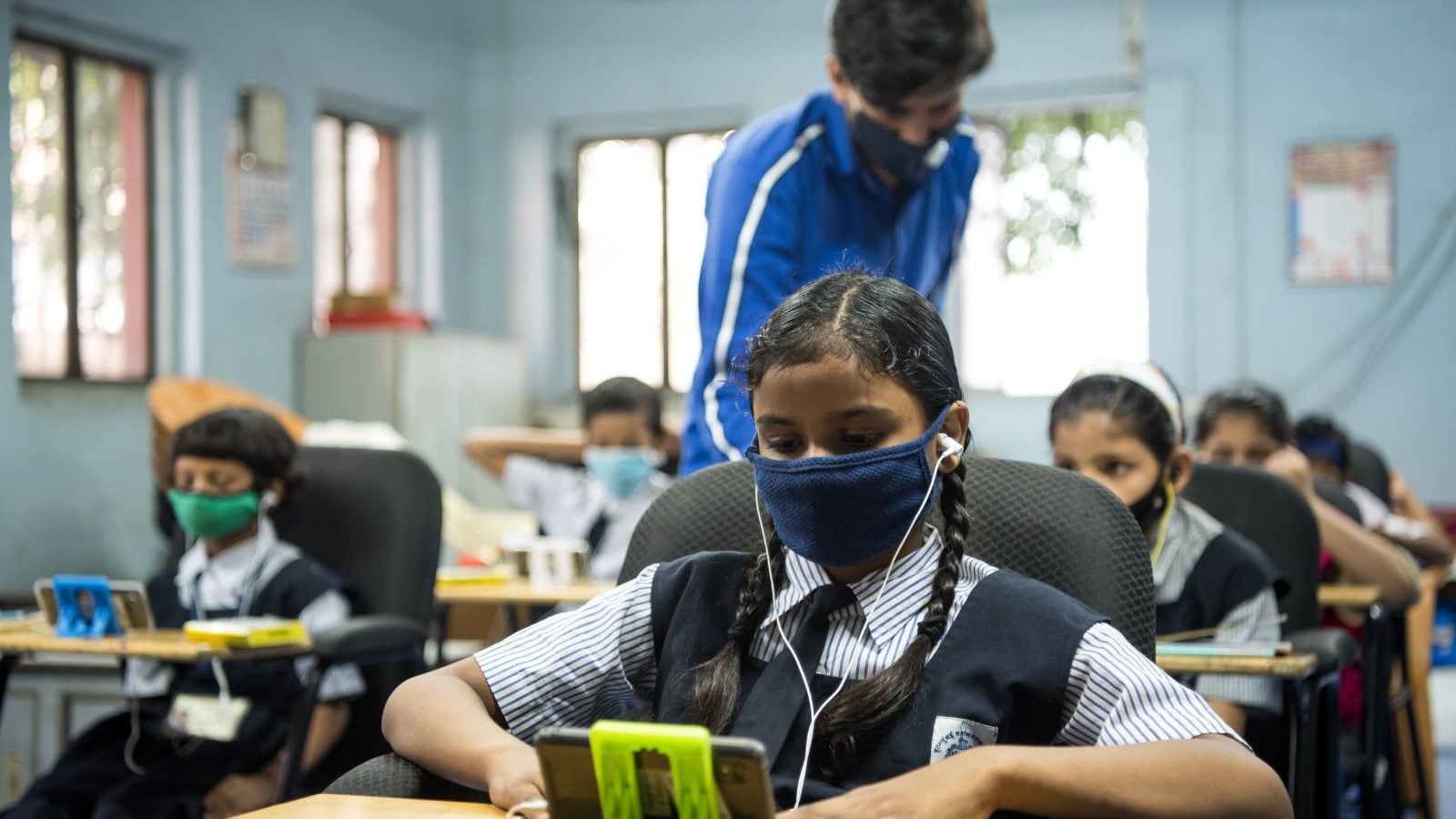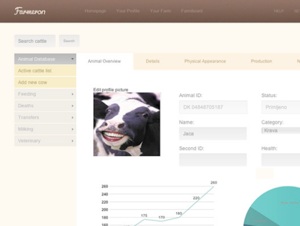
- Select a language for the TTS:
- UK English Female
- UK English Male
- US English Female
- US English Male
- Australian Female
- Australian Male
- Language selected: (auto detect) - EN
Play all audios:
Curated By : Edited By: Last Updated:November 04, 2022, 13:05 IST EXPERTS SAID THE CHANGES IN DROPOUT AND ENROLMENT WERE SEEN AS THE LARGE MIGRANT OR FLOATING POPULATION IN THE SKILLED AND
SEMI-SKILLED WORKFORCE FACED THE HIGHEST JOB LOSS DURING THE PANDEMIC, THE EFFECTS OF WHICH TRICKLED DOWN TO THE CHILDREN The total number of schools functioning across the country came down
in the 2021-22 academic year to 14.89 lakh from 15.09 lakh the previous year, mainly “due to closure of schools under private and other management", a new ministry of education report
has revealed. The trend clearly showcases the drop as a lasting impact of the Covid-19 pandemic that affected teaching and learning processes across social strata, educationists said.
RECOMMENDED STORIES The second year of the pandemic also saw a decline in the total number of students enrolled in private schools, particularly those in pre-primary classes, while the
number increased in government schools mainly “due to postponement of admissions due to Covid-19", the report said. Even though the overall enrolment of children across the country
increased by 19.36 lakh as compared to the last academic year, the enrolment in pre-primary sections of the schools dropped by 11.5lakh. “Although the impact of the pandemic is
cross-cutting, this is particularly noticed in the enrolment of young and vulnerable children like pre-primary classes," it said. AK Jha, principal of a Delhi government school in
Rohini, said it is the large migrant or floating population in the skilled and semi-skilled workforce where job loss was the highest during the pandemic. The section would earlier send their
children to budget private schools but could not afford to do so any longer and have now shifted them to government schools. “The shift is most visible in elementary level children as
parents migrating cities or jobs find it more convenient to leave their younger children with the extended family while they are off to work. This is not possible in the case of higher
classes as studies then become more important," said Jha. With schools being closed, the total number of teachers engaged also saw a decline of 1.95 per cent this year as compared
2020-21, a bulk of which was from privately run or other such schools and mainly in the primary and upper-primary sections, as per the report. Educationists said this was due to a complete
‘teacher’ or ‘leadership’ burnout that happened in learning institutions across the globe during the pandemic. Total number of teachers in 2021-22 was 95.07 lakh, which decreased from 97.87
lakh in 2020-21, showed the report based on data collected via the government’s Unified District Information System for Education (UIDSE+), which was released on Thursday. The decrease in
teachers during 2021-22 as compared to 2020-21 was 0.9 per cent in government schools, 1.45 per cent in government-aided schools, 2.94 per cent in private schools and 8.3 per cent in other
(unrecognised) schools, the report stated. It further said that the percentage of teachers teaching only primary (34.4 % in 2021-22 from 35.4% in 2020-21) and only upper primary (18.9% in
2021-22 from 21.5% in 2020-21) has reduced. This reduction in share has been compensated to some extent by the levels primary and upper primary (7.4% in 2021-22, from 8.5% in 2020-21), upper
primary and secondary (7.0% in 2021-22, from 6.1% in 2020-21) and secondary and higher secondary (3.6% in 2021-22 from 3.9% in 2020-21). Meeta Sengupta, an educationist, said the decline in
number of teachers is a leading indicator of a shift in the education system to more tech-based and newer alternatives such as creating new products and models for teaching-learning. “It
has resulted from the complete teacher or leadership burnout that has been seen across the world. There was an unprecedented pressure on school teachers to be present both online and offline
in the hybrid model, which is not possible to keep up with. Also, in private schools, the exit and re-entry hurdles are low, which makes for easy movement unlike those in government
set-ups," she said. Coming back to children, total enrolment in schools (Class 1 to 12) has increased by 0.76 per cent in 2021-22 as compared to 2020-21. The UDISE+ report highlighted
that the drop-out rate among younger students increased in 2021-22 in comparison to the last academic year. While the drop-out rate among students enrolled in primary (class 1-5) increased
to 1.5 per cent from 0.8 per cent, for those in the upper primary levels (class 6-8) went up to 3 per cent from 1.9 per cent in 2020-21. Experts said large-scale scale migration and job loss
during the pandemic was the major reason that many students ended up dropping out of schools and taking up work instead to support their families. Ameeta Wattal, Chairperson and Executive
Director, Education, Innovations and Training, DLF Foundation Schools, said children in the foundational stages (primary and pre-primary) across the social and economic strata had a tough
time being rehabilitated in schools, with many of them moving out to smaller groups of study or day-care centres. “At least 6-8 per cent in these stages have withdrawn from formal schools
since they couldn’t adjust or fit in socially and emotionally. This was because during the pandemic, these children grew up mostly with adults around them and with little or no communication
with children their age. They have been facing problems in orientation," she said. The report also highlighted that in terms of facilities that aid teaching-learning such as internet
connections, only 33.9 per cent schools across the country could provide it while only 47.5 per cent schools have computer facilities. Only 27 per cent schools have toilets for children with
special needs. During 2021-22, a total of 24.72 lakh students have been identified as gifted children. Read all the Latest Education News here ABOUT THE AUTHOR Vatsala Shrangi Vatsala
Shrangi, Assistant Editor at News18, reports on the HRD, Ministry of Road, Transport and Highways, and social sector. She has covered the Delhi government, education, transport, environment
and various ...Read More Vatsala Shrangi, Assistant Editor at News18, reports on the HRD, Ministry of Road, Transport and Highways, and social sector. She has covered the Delhi government,
education, transport, environment and various ... Read More News education-career Closure of Schools, Teacher Burnout, Low Enrolment But More Dropouts: How Covid-19 Battered Education








